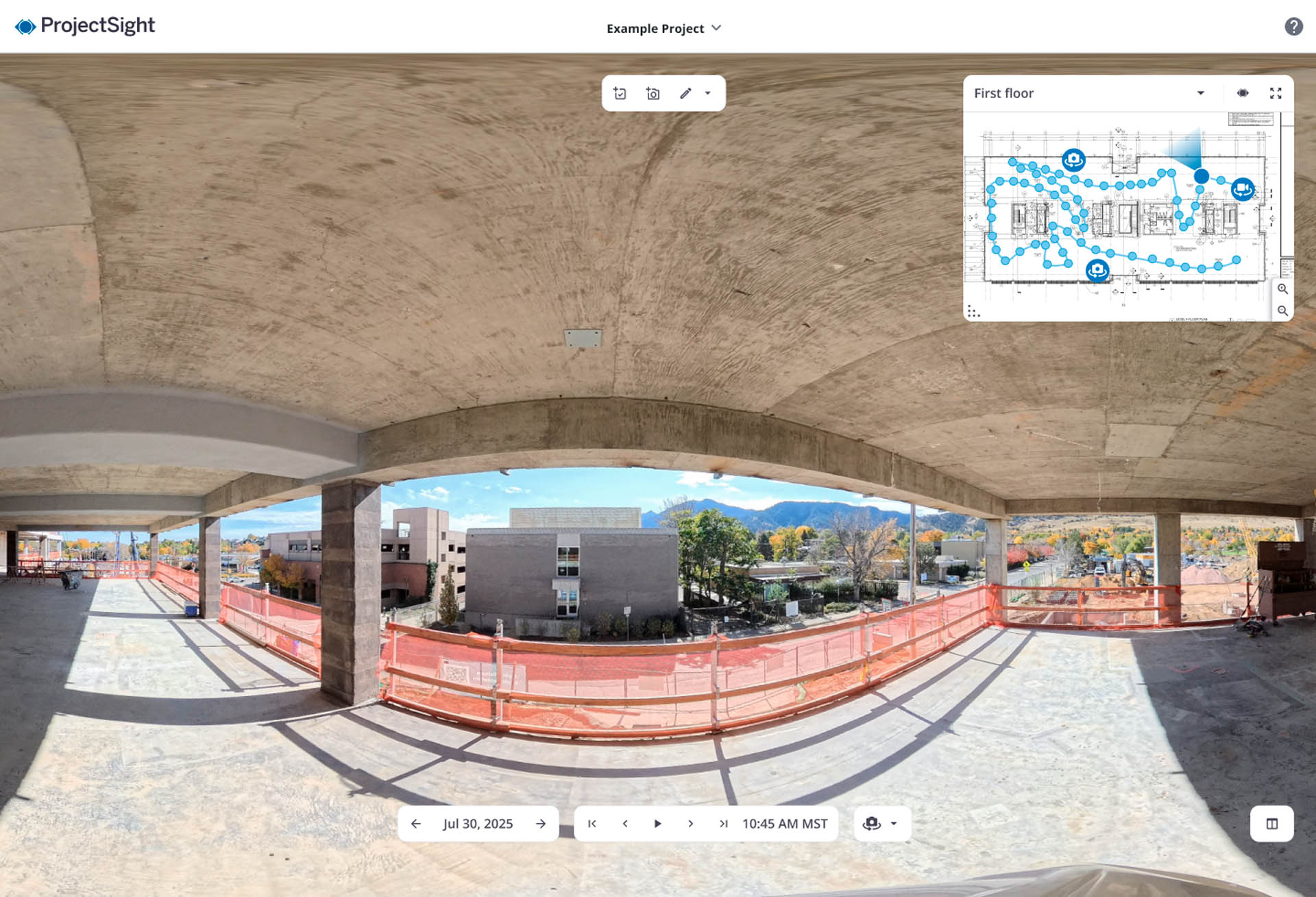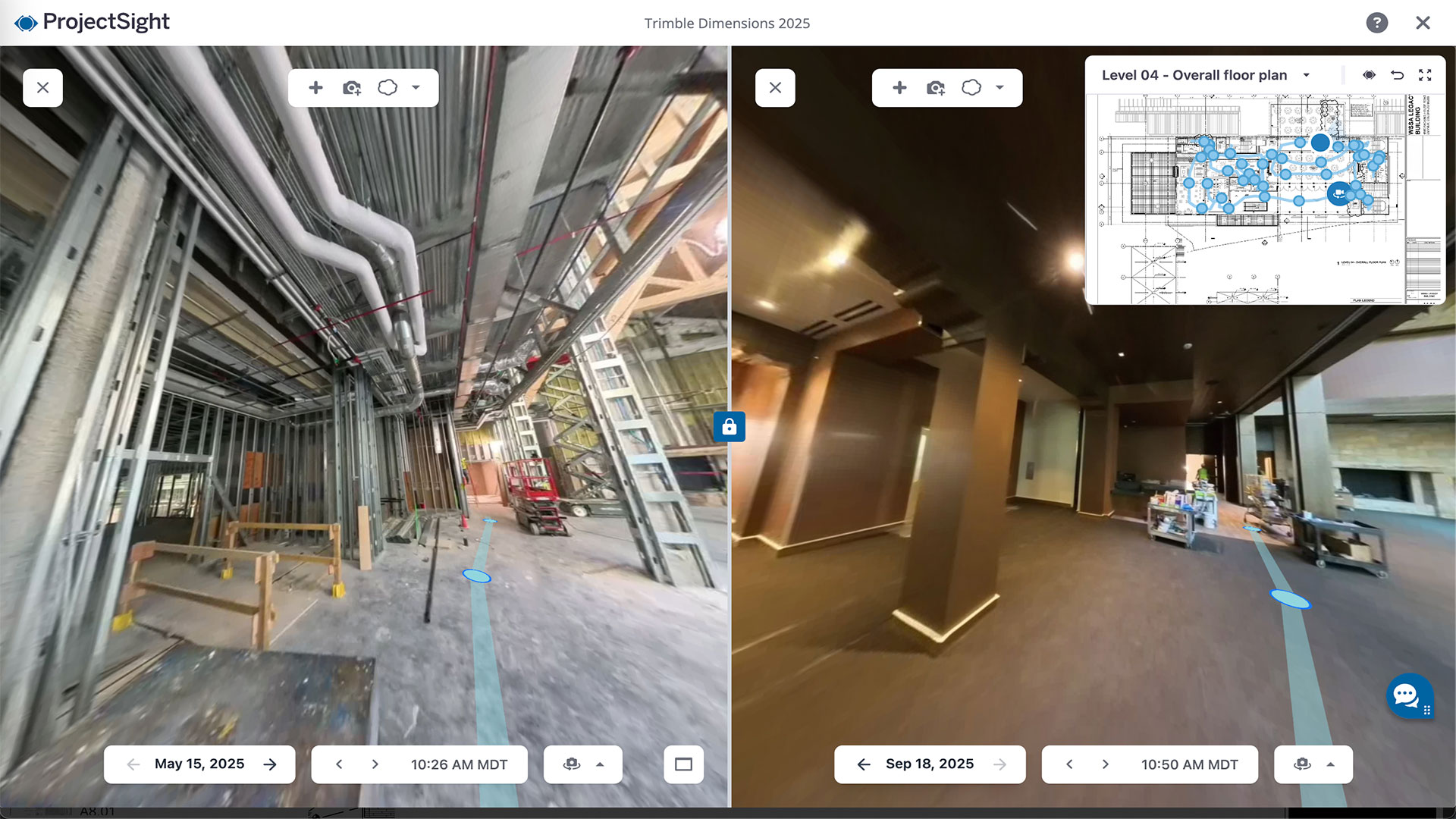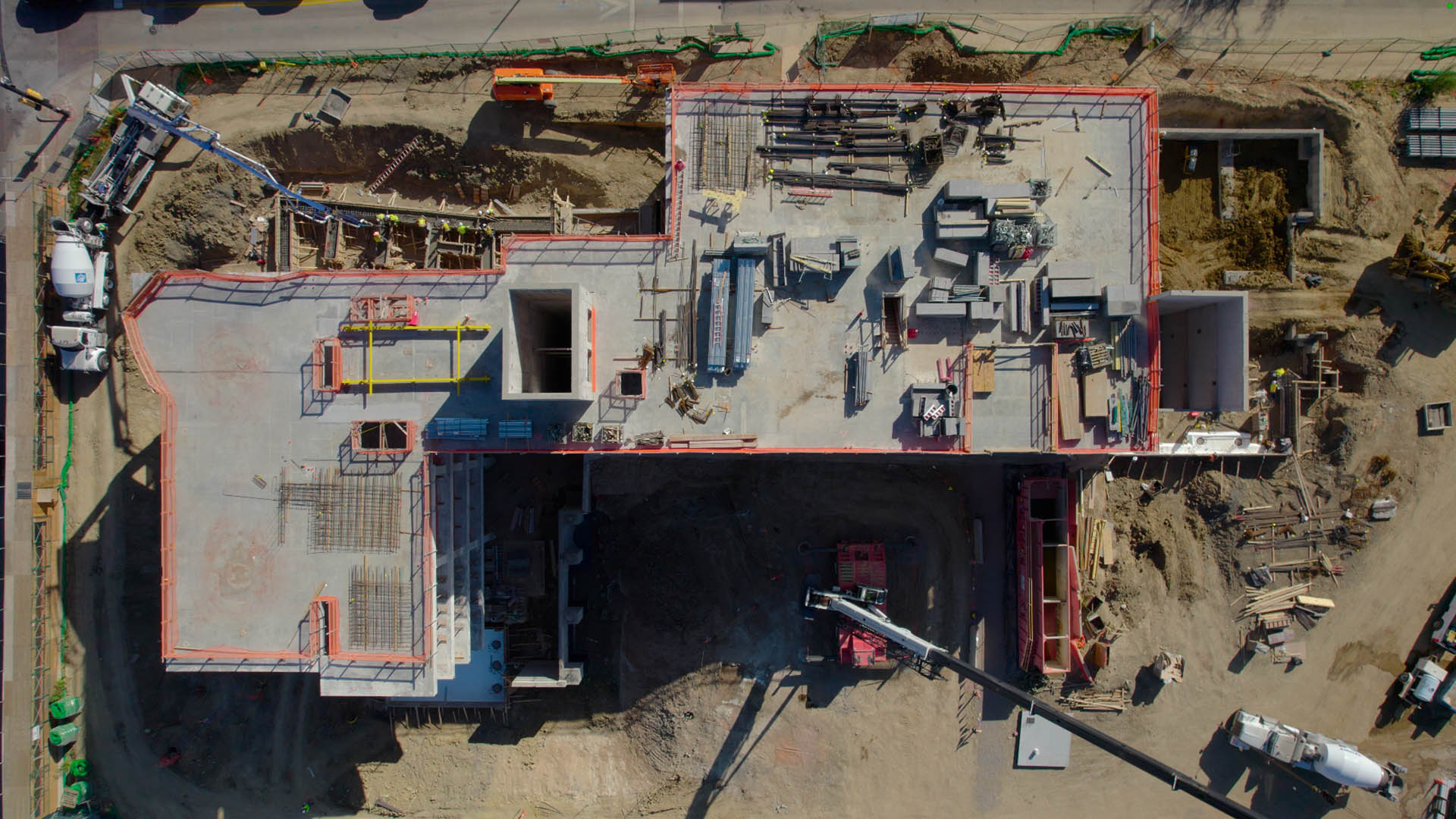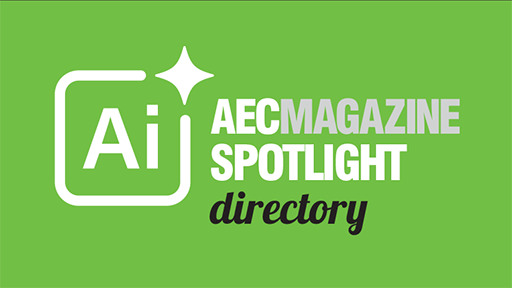As industry giants continue to flesh out their AI strategies, Trimble’s Dimensions conference in Las Vegas earlier this month was an opportunity for the company to relay its own plans for integrating the technology with its various products and services
Where is the construction software market headed and what role is AI likely to play in it? These are the two questions that Trimble executives were keen to address at the company’s annual Dimensions conference, held in Las Vegas in November 2025.
While many vendors seemingly feel obliged to label every product announcement as ‘AI-driven’, Trimble’s message suggests a more considered strategy, based on embedding agentic AI across its technology stack and within the workflows of customers and partners.
At the heart of this strategy is a new agentic AI platform, designed to provide a standardised foundation for building agents, complete with services for their deployment, security and management.
Trimble positions Trimble Agent Studio as both an internal development layer and an extensible system on which customers and partners can build. The company arguably has little choice but to take this route. After all, construction is a fragmented market, so any AI push that sees the technology embedded directly within individual products would simply carry that fragmentation forwards. In other words, AI needs to be a foundational technology, not a bolt-on.
Discover what’s new in technology for architecture, engineering and construction — read the latest edition of AEC Magazine
👉 Subscribe FREE here
A platform-first approach
Trimble’s response is its Agent Studio, which abstracts the plumbing to enable multi-agent workflows and cross-tool automation. Trimble Agent Studio is currently in pilot testing at a handful of select customers.
Executives at Trimble say this platform-first approach is necessary because the number of AI use cases emerging in construction is outpacing any vendor’s ability to build bespoke features. The theory is that an agentic layer lets Trimble embed intelligence into onboarding, object generation, data search, field reporting and asset maintenance more consistently, rather than replicating engineering work across SketchUp, Tekla, ProjectSight, Viewpoint and Trimble Connect.
In practice, this is also an attempt to reinforce the company’s wider ‘Connect and Scale’ strategy, an ongoing push to break down internal data silos and move towards a more coherent ecosystem.
The practical expression of this is seen in the AI features funnelling through Trimble Labs, the company’s early-access programme. SketchUp already has AI rendering available, with object generation and an assistant planned for late 2025. Tekla has rolled out user and developer assistants and an AI-based cloud drawing capability. ProjectSight offers help agents, auto-submittals and AI title block extraction in production, with daily report agents in testing. Similar assistants are on the way for Trimble Connect and Unity Maintain.
If the pace of this rollout seems brisk, a long list of phrases such as “expected in Q4 2025” and “available in early 2026” signals that this will be a multi-year transition rather than a ‘big bang’ delivery of a fully realised AI ecosystem.
New dimensions
Perhaps the most grounded Dimensions announcement was that relating to ProjectSight 360 Capture, a new workflow that brings 360-degree imagery directly into Trimble’s project management and collaboration environment.
The idea is simple enough: the user walks a site equipped with a 360-degree camera, an AI algorithm maps the path automatically, and the imagery is stitched back into drawings to form a living record of as-built conditions. The system aligns images, filters out faces for privacy, links images to tasks and workflows, and allows comparisons of progress over time.

This move feels overdue. The market has been moving towards integrated reality capture for years, with various point solutions offering site-walk automation, issue documentation and progress tracking. Trimble’s advantage lies not in the novelty but in its ability to tie the captures directly into broader workflows via ProjectSight and Trimble Connect, and by extension into ERP systems such as Spectrum and Vista. Issue identification and resolution, from BCF topics to change orders, becomes part of a single ecosystem rather than a patchwork of uploads and shared links. This is precisely the type of connective tissue the industry has historically struggled to solve. Trimble’s vision makes this look more tangible.
The company also took the opportunity to announce Trimble Financials at the Dimensions event. This targets small contractors who lack the skills, time and staff to manage full ERP (enterprise resource planning) systems. Instead, this new subscription tool handles job costing, AP/AR visibility, cashflow dashboards and proposal generation, backed by an AI assistant capable of answering basic financial questions.
Taken together, the announcements relating to Trimble Agent Studio, ProjectSight 360 Capture and Trimble Financials all point to a company that is knitting together what has previously been a broad and somewhat disjointed portfolio into something more unified, using AI for both connective logic and marketing narrative.
Whether an agentic platform can genuinely standardise workflows across the full range of Trimble products remains to be seen – but Dimensions 2025 delivered a coherent signal of intent that Trimble’s AI will be grounded in delivering real workflows.










